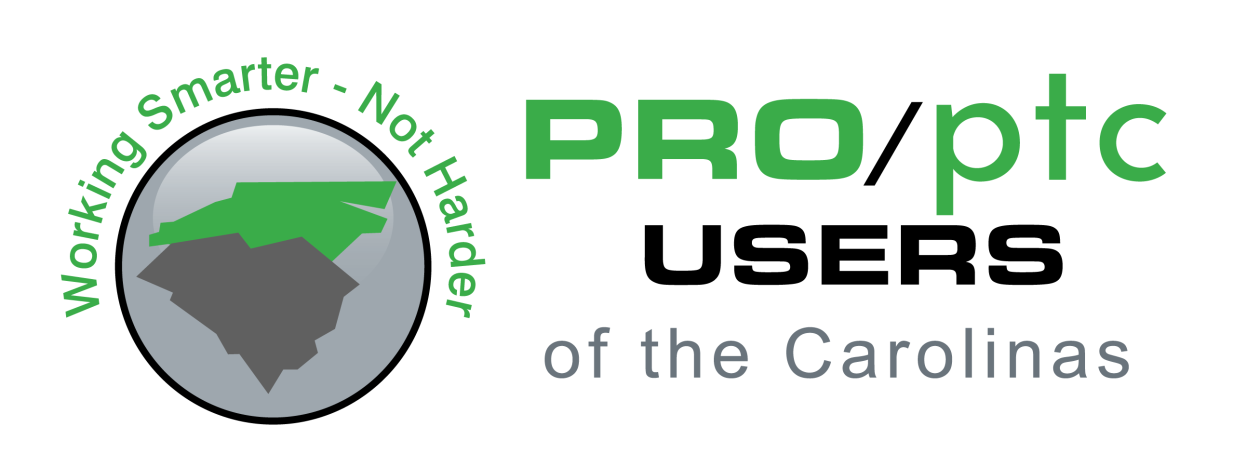Question:
What exactly are skeleton models used for? What are the true benefits?
Jess Lawrence, Newell Rubbermaid
Answered by: Gavin B. Rumble, PE
Skeleton models may have grown out of a best practices from the 90’s whereby a part was populated with datum and surface features and called a “map part” . These would be assembled early in the Model Tree and would be used to hang parts on or even drive geometry.” Later, this functionality was added to Advanced Assembly as Skeleton models, with many new capabilities. The short answer is, “Skeleton models are automatically added to the top of the Model Tree and are used to hang parts on or even drive geometry”. That is all we have time for today, folks! Tune in to a Pro/Users of the Carolinas presentation in the near future for the rest of the story (at a cool location near you).
Okay, not funny…but seriously, this is a very long topic. The best short answer is, “Skeleton models provide a single location where datum geometry and/or design parameters which affect or drive an entire assembly can be located”. This single container, if you will, offers Top Level control over lower level design tasks, a single place to look for and modify design intent, and a robust set of references on which to hang lower level components (eliminating the house-of-cards effect common when components are placed on other components).
Note: Model parameters located in Skeleton parts cannot be accessed directly, but can be used to drive Skeleton geometry. Parameter access throughout an assembly is best achieved with Layout part using Pro/Notebook. Using a Pro/Program, you can pass (Execute) parameter values from the assembly TO the skeleton part, but not vice versa and never sibling-to-sibling.
(246)
